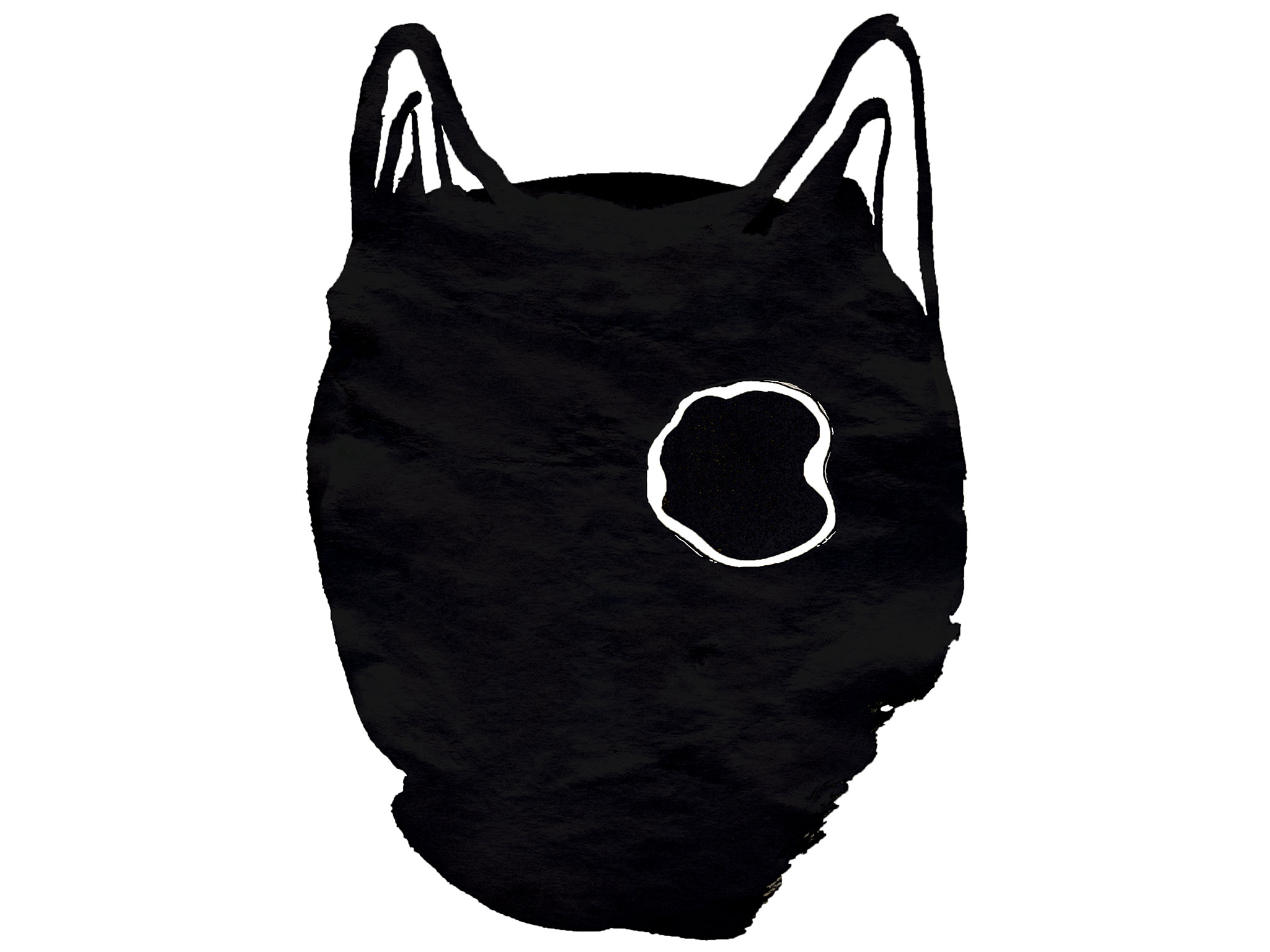SITE-SPECIFIC ART
THE DYNAMICS OF ENGAGEMENT
Hattie Spires reflects on Bowville
in "The crisis of interpretation:
An investigation into the dynamics
of engagement with site-specific art
in the age of squanto."
Goldsmiths College MA In Contemporary Art Theory,
September 2004
[see dissertation here]
In an extremely timely and important intervention that took place in August 2004, the artist paula roush (msdm) set forth a proposition into the ‘real space’ of the community of Bow in East London through her project Bowville. The Bowville Investigation Bureau, set up in a disused shop on Roman Road market, served as the surveillance centre from which the Bureau could track and monitor the movements of the protagonist Marion Manesta Forresta. Pointing back to the suffragette movement, Marion’s name is a bastardisation of three members of the suffragette movement, some of whom were the first people to undergo surveillance. Considered by the local authorities for her affiliation with left wing organisations, most notably Eastopia, Marion was given the chance to earn her right to stay in Bowville without surveillance through winning the public vote. Using global satellite positioning technology, the Bureau was able to track her movements through the streets of Bowville and enforce border restrictions on her whilst she developed an increasing presence and identity with the local community in which she tried to earn her citizenship. A wireless camera fed live footage of her actions back to the Bureau where continuous research into current global acts of terror took place.
Bowville’s extraordinary ability to elicit complex histories and experiences from the local community through dialogue with the artist and the performers was in part due to its enduring topicality, partly its extended presence on the site of Bow, to some extent its reactivation of local histories and a continuation of past projects in the same contact zone but primarily due to an increasing sense of community through ‘labour in the field’. One could easily displace the notion of ‘site’ within the confines of this project for an intervention that tended towards ‘community-specific,’ ‘issue-specific,’ ‘audience-specific’ and was indeed all of these things and countless others but such easy dismissals would undermine the enormously complex issue at hand which is that the site is the interrelation of all of these. Bowville’s reactivation of local histories associated with the suffragette movement, its relation to current topics surrounding diaspora, surveillance and territories and the subsequent real-time involvement of the community that added a further layer of interpretation, all produced a functional site that elicited individual histories. The respondent’s reactions varied over the duration of the project from “it’s not Bowville, it’s Bow; you’re going to have to understand that if you want to stay here” to the uncovering of one Muslim man’s story of his migration from New York to the East End of London and his accounts of the local community’s projection of the notion of ‘Muslim’ onto him during the current climate of terror and fear. The project’s strength was located in its articulation of the clashing of psychic subjectivities and material conditions without occupying a moral high ground.

